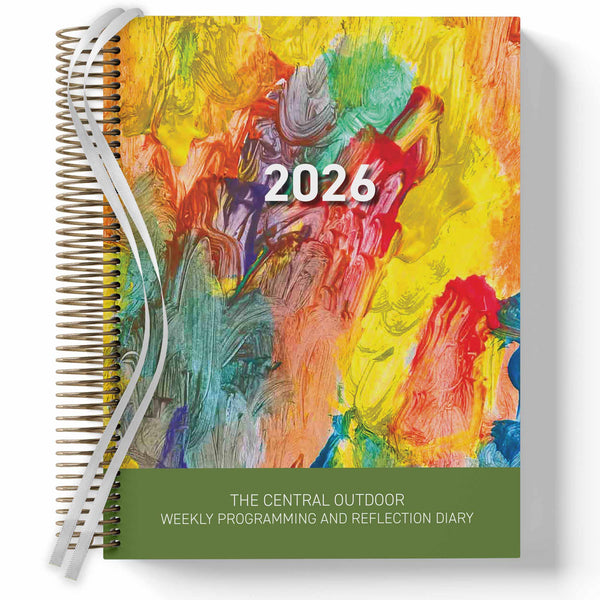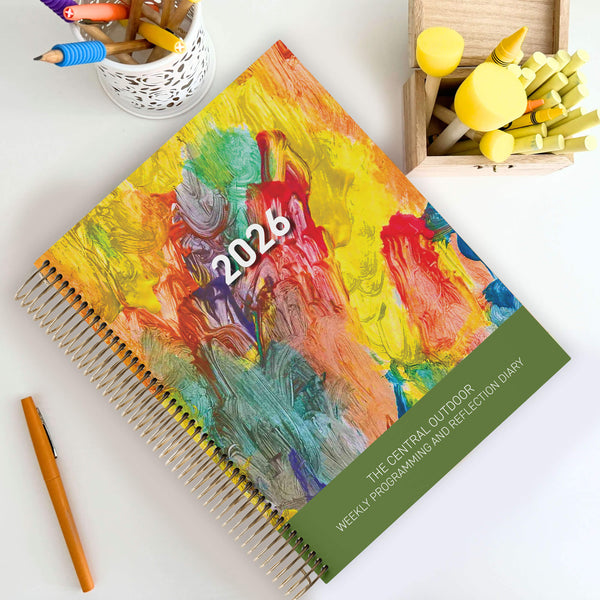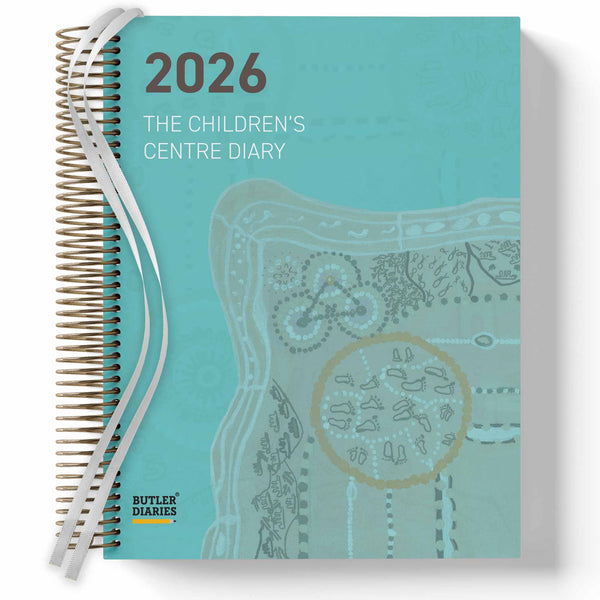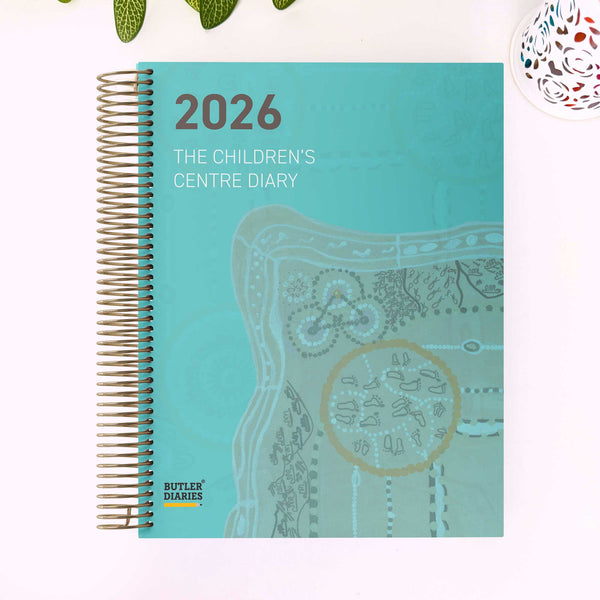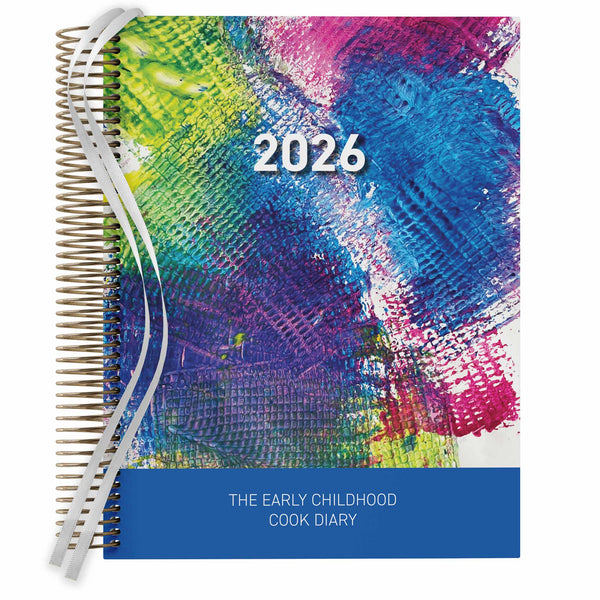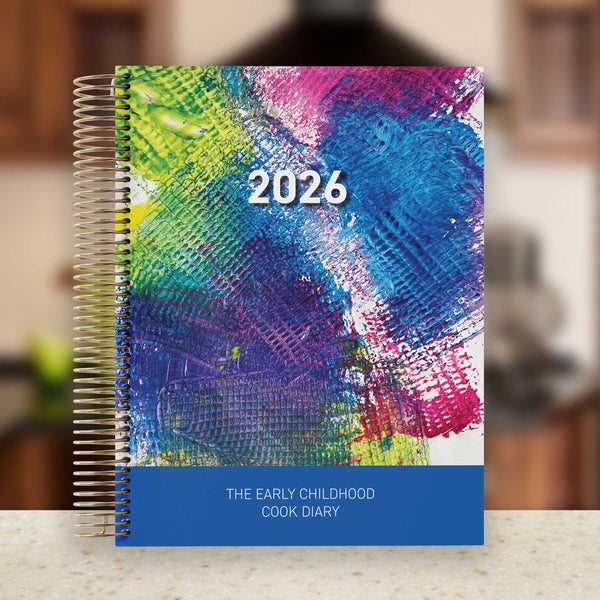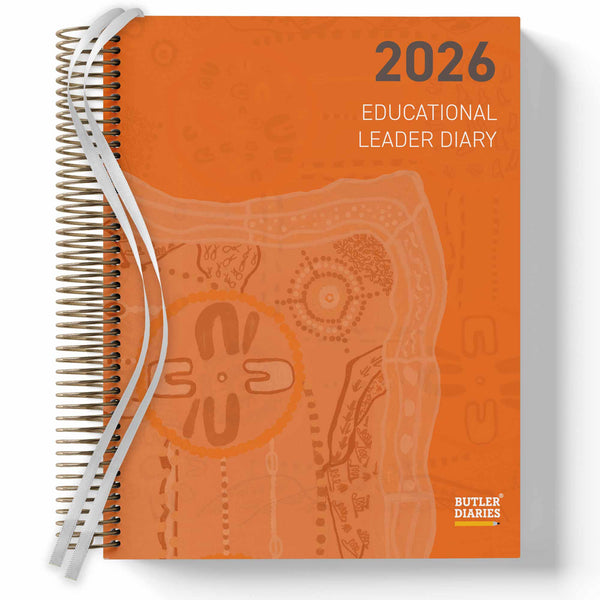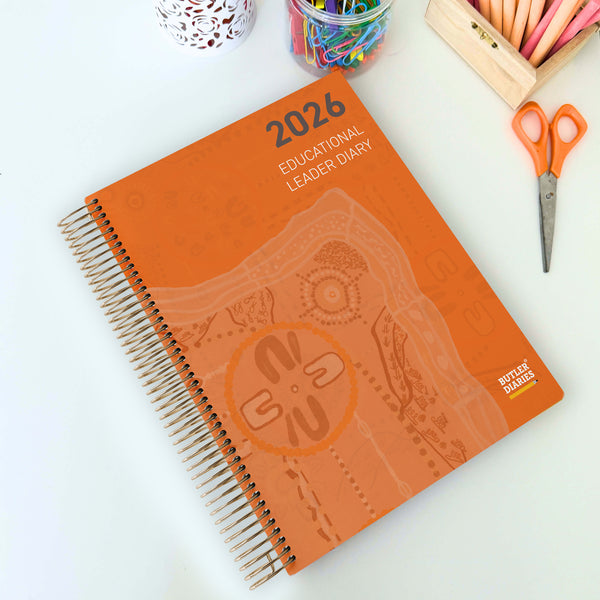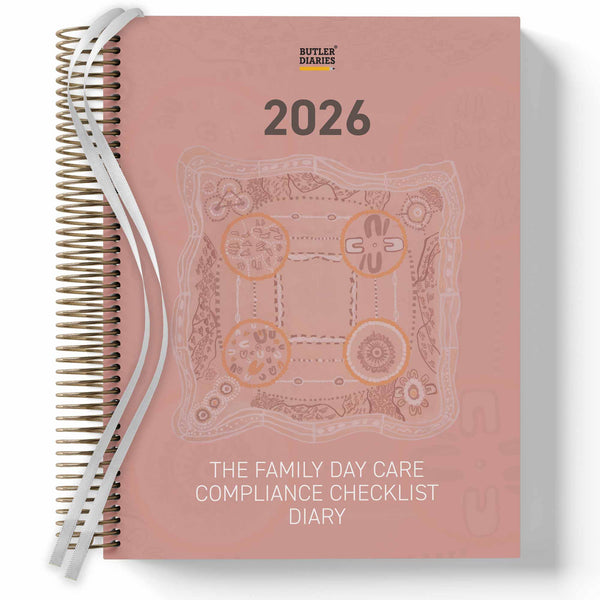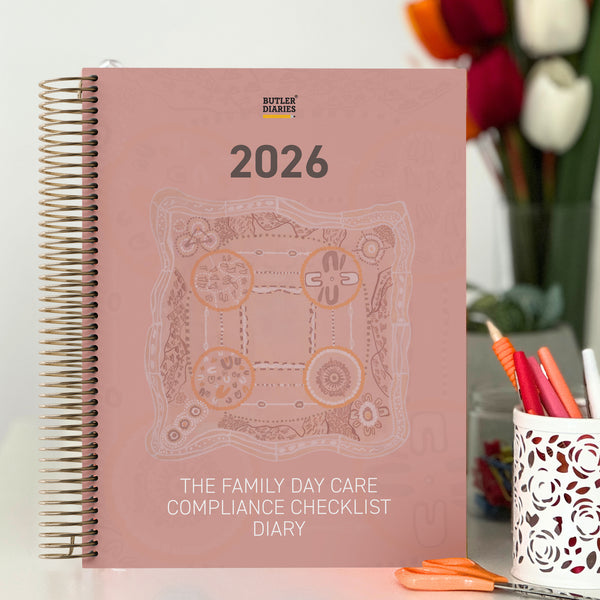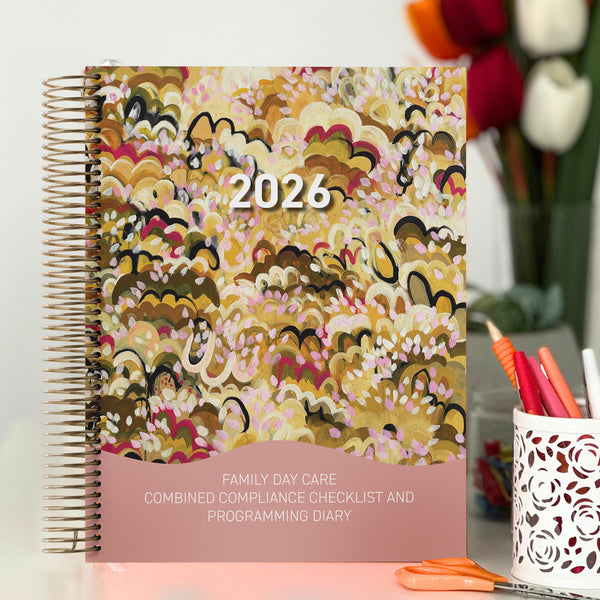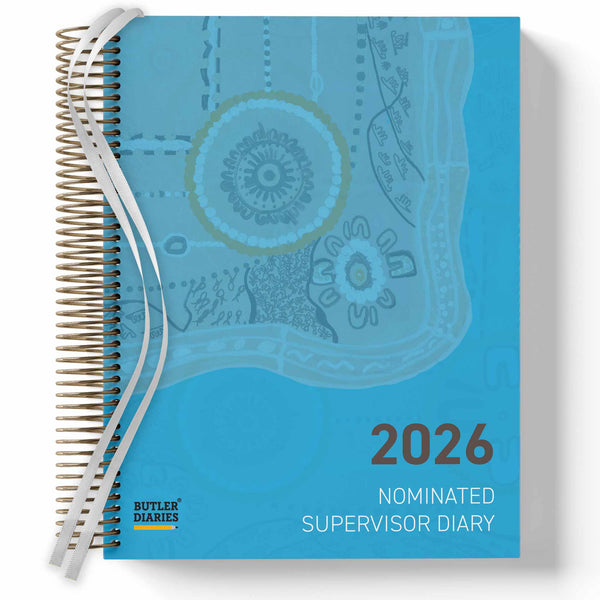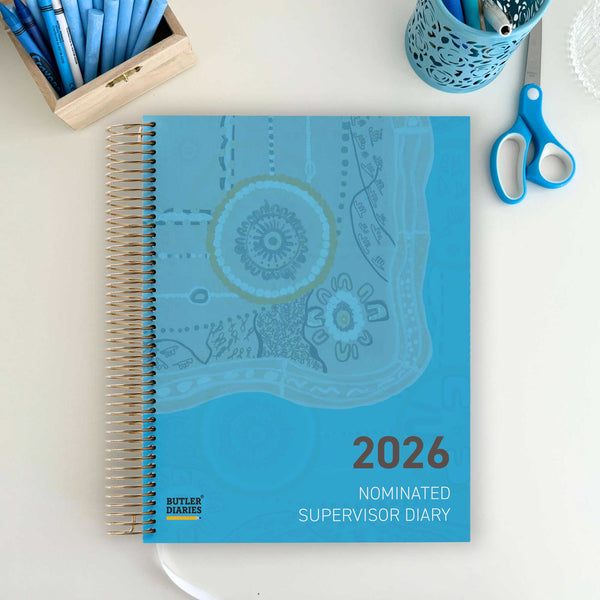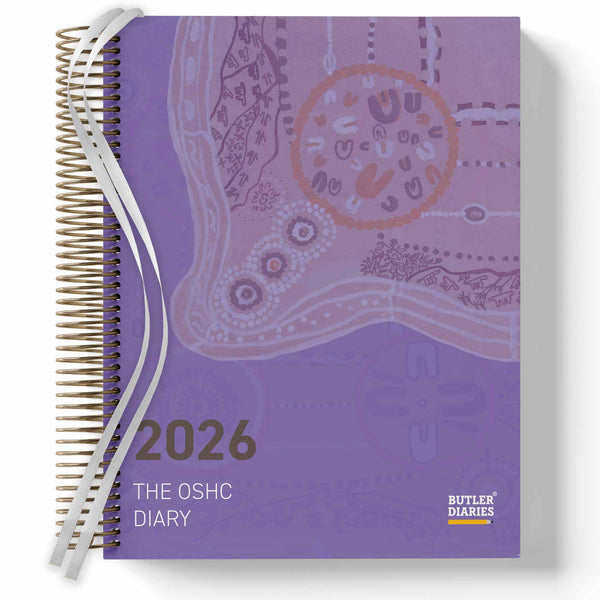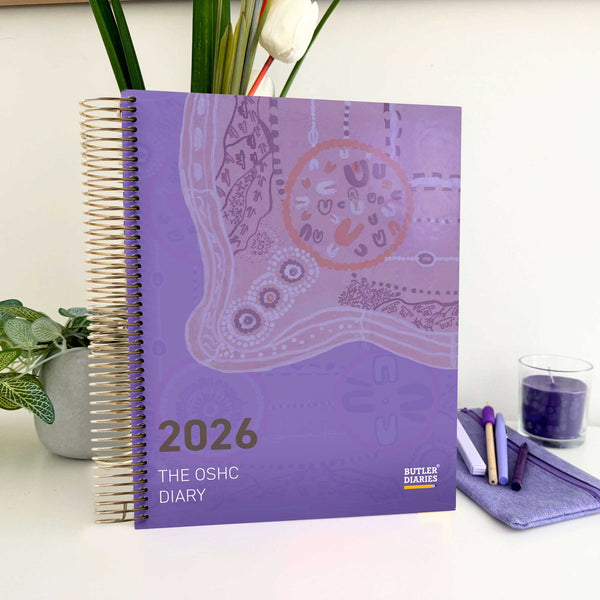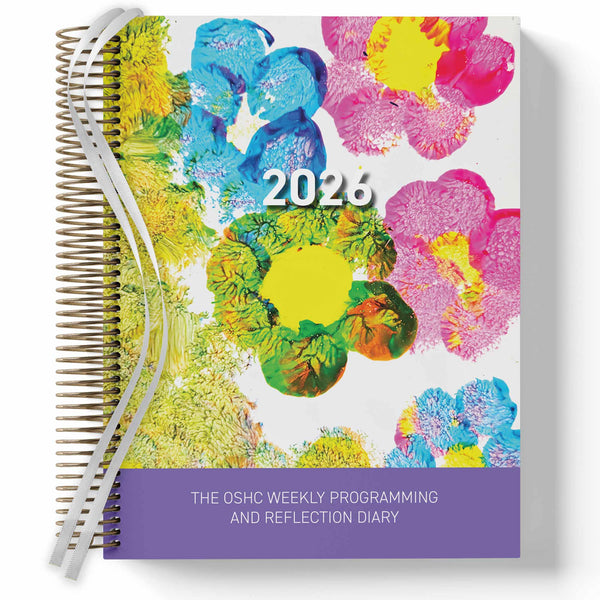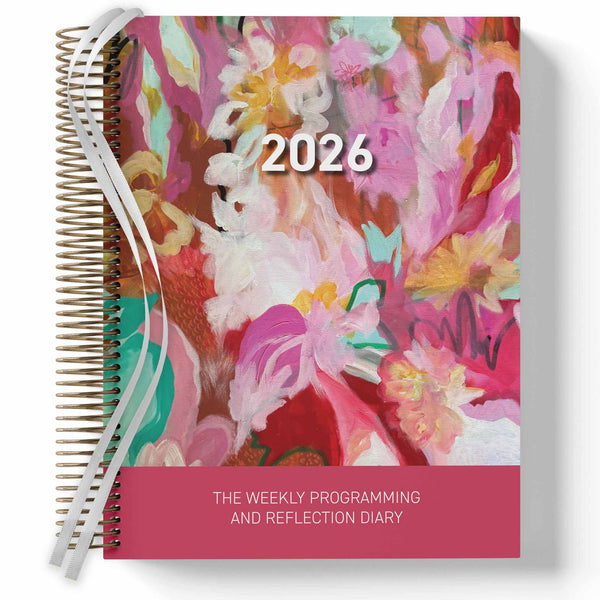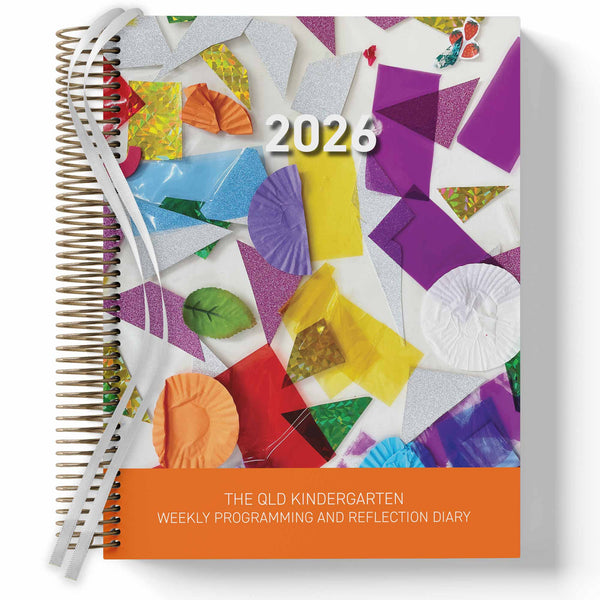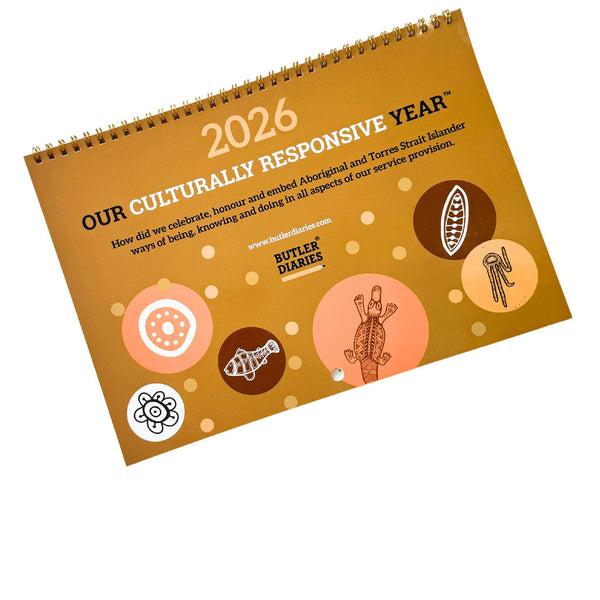In early childhood education (ECE), ensuring every child feels included is about more than just physical presence - it's about meaningful participation and equitable opportunities. By using a structured checklist, educators can evaluate how well their environments support all children, regardless of their individual circumstances. Here's what you need to know:
- Physical Space: Are classrooms accessible and accommodating for children with mobility needs? Think ramps, wide doorways, and flexible seating options.
- Participation: Observe how children engage with peers, activities, and the environment. Are all children actively involved?
- Support Tools: Are assistive technologies, visual aids, and tailored strategies in place to help children participate?
- Relationships: Focus on warm interactions among educators and children, while encouraging peer connections.
- Daily Routines: Smooth transitions and clear routines help create a sense of security and belonging.
Using tools like Butler Diaries can simplify the documentation of these efforts, aligning with Australian frameworks like the EYLF and NQF. Regular reviews, collaboration with families, and setting specific, measurable goals ensure progress is tracked effectively. The ultimate aim? To create an environment where every child can thrive.
What to Check When Measuring Inclusion
Creating an inclusive environment in early childhood education (ECE) requires careful evaluation of how your setting supports every child's learning and participation. Here's a breakdown of the key areas to focus on when assessing inclusion.
Physical Space and Access
Start by ensuring your physical environment is accessible to all children, including those who use mobility aids. This means checking doorway widths, pathways, and overall ease of movement.
Choose furniture that suits a range of needs. For instance, adjustable-height tables and chairs can accommodate children of different ages and abilities. A variety of seating options - such as standard chairs, soft cushions, or floor seating - can help meet diverse physical and comfort requirements.
Design learning zones with flexibility in mind. Offer spaces that cater to different preferences, like quiet corners with soft furnishings, standing desks, or even areas where children can lie down to work. Accessibility should also extend to off-site venues, ensuring all children can participate fully.
Once the physical setup is inclusive, consider how children engage in these spaces.
 How All Children Take Part and Get Involved
How All Children Take Part and Get Involved
Participation is more than just being present - it's about meaningful engagement. Observe how children interact with experiences, peers, and the learning environment to gauge their involvement.
Incorporate universal supports to boost engagement. This could include rotating resources and materials to keep activities fresh, offering choices throughout the day, and using visuals like mini-schedules or pictorial instructions to help children navigate the classroom independently.
Pay close attention to peer interactions. Make sure every child has opportunities to build connections with other children. Experiences with shared goals can encourage collaboration, but watch for children who may feel excluded or struggle to join in.
Tailor the learning environment to inspire curiosity and creativity. Experiences that reflect children’s interests, developmental stages, and cultural backgrounds can make learning feel more personal and engaging.
Next, review how support tools are being used to enhance inclusion.
Support Tools and Changes in Place
Evaluate the tools and strategies in your setting that help children participate inclusively. Assistive technologies - like pencil grips, communication boards, or apps - can make a big difference for children with specific needs.
Visual aids, such as charts, posters, and flashcards, can also improve understanding and engagement across the board. Look for individualised adaptations, like modified materials or alternative communication systems, that blend seamlessly into daily activities without isolating children from their peers.
Professional development is another critical component. Ensure your team has access to ongoing training on inclusive practices, so they feel equipped to support all learners effectively.
Positive Interactions and Building Relationships
The quality of interactions in your setting plays a huge role in fostering inclusion. Educators should engage with all children in warm, reciprocal ways that promote a sense of belonging.
Facilitating peer interactions is just as important. Educators can plan social play experiences, guide problem-solving, and scaffold communication to ensure every child, including non-verbal learners or those with language delays, can participate fully.
Building a strong sense of membership involves celebrating diversity and addressing bias when it arises. Reinforce the idea that every child contributes something valuable to the group. Engaging families and the wider community can further strengthen this sense of inclusion. Make sure parents feel welcomed, heard, and actively involved in their child’s education.
 Daily Routines, Transitions, and Expectations
Daily Routines, Transitions, and Expectations
A well-structured routine creates a predictable environment where children feel secure. Establish clear rules and daily schedules that balance structure with opportunities for movement and exploration.
Transitions between experiences can be challenging for some children. Plan these moments carefully, using visual cues or allowing extra time for those who need it. Smooth transitions help reduce anxiety and keep the day running smoothly.
Finally, tailor your teaching to meet the diverse needs of your students. Differentiating instruction - by adjusting the complexity of tasks or providing additional support - ensures that every child can participate meaningfully in group experiences. Providing specific, strengths-based feedback can further encourage effort and build confidence.
How to Use Your Inclusion Checklist
Creating an inclusion checklist is a great starting point, but the real value lies in how you use it. Implementing it effectively in your early childhood education setting ensures a structured approach that engages your entire team and generates meaningful insights to guide improvements. Start by setting up regular reviews to consistently monitor progress.
Planning Regular Check-ups
Having a consistent review schedule helps keep your inclusion efforts aligned with the evolving needs of the children in your care. Termly reviews work well because they match program cycles and provide enough time to observe and reflect on changes.
Set aside dedicated sessions for reflection, evaluation, and planning. These sessions should be focused and distraction-free - not something rushed through during a quick staff meeting. This allows your team to dive into each area of the checklist thoughtfully.
Begin with an initial review at the start of each term to set a baseline, conduct mid-term check-ins to evaluate specific goals, and hold annual reviews to identify long-term trends and areas needing extra attention. Use enrolment data to track individual progress, documenting observations with Australian date formatting (e.g., 29/07/2025) to maintain consistency across your records.
Getting Others Involved
Inclusive practices thrive on collaboration. Input from everyone who interacts with the children - educators, support staff, families, and even the children themselves - creates a fuller picture than any single perspective could provide.
"Unity is strength…when there is teamwork and collaboration, wonderful things can be achieved." – Mattie Stepanek
Start by ensuring all staff understand your program’s mission and philosophy around inclusion. When everyone shares the same foundational understanding, the checklist becomes more than just an administrative tool - it becomes a platform for meaningful conversations.
Engage families as equal partners in the process. Their insights, hopes, and expectations should be genuinely valued and incorporated. Share successes, challenges, and opportunities with both colleagues and families to encourage ongoing collaboration. The checklist can also serve as a bridge during staff transitions or when working with external support services. If an Inclusion Support Facilitator is involved, it provides a structured framework for action plans tailored to each child’s needs.
Develop a clear communication strategy that encourages team members to contribute observations and stay updated on progress. Regular discussions about checklist findings can reveal patterns and areas for improvement that might not be obvious to individual observers. Document these observations systematically to track progress and identify trends.
 Recording and Scoring Your Results
Recording and Scoring Your Results
To turn your checklist into a practical tracking tool, consistent documentation is key. This approach not only highlights progress but also guides targeted improvements. The goal is to create a system that’s easy for everyone on your team to follow.
Use a simple three-point scale - Not Met, Partially Met, Fully Met - with columns for dates and evidence to track progress clearly. For areas needing more detailed assessment, you can expand to a four-point scale with frequency indicators like Always, Usually, Occasionally, and Never.
| Inclusion Area | Not Met | Partially Met | Fully Met | Date Observed | Evidence/Notes |
|---|---|---|---|---|---|
| Physical accessibility | ✓ | 15/03/2025 | All doorways widened, ramps installed | ||
| Peer interactions | ✓ | 15/03/2025 | Some children still need support joining groups | ||
| Visual supports | ✓ | 15/03/2025 | Need more picture schedules in learning areas |
Record the dates when progress is observed, and consider using coloured pens or highlighters to highlight milestones. This visual approach makes it easier to identify patterns and celebrate achievements during team discussions.
If you’re unsure about certain ratings, make a note - this could point to areas where additional training or external support is needed. Observe children at various times throughout the day to get a well-rounded view of their experiences. Incorporate other forms of data, such as anecdotal records, running records, or work samples, to build a comprehensive understanding of each child’s progress.
If more than 80% of checklist items are consistently rated as Fully Met, it might be time to introduce more advanced criteria to continue improving. You could also create specific opportunities for children to demonstrate skills that haven’t been observed yet, documenting these results as part of your ongoing assessment process.
Understanding Results and Making Changes
Once you've collected data, the next step is to turn those findings into actionable steps that improve your early childhood setting. By analysing patterns and using the insights gained from checklists and observations, you can make meaningful changes.
Finding Strengths and Problem Areas
Start by identifying trends across different areas and time periods. For instance, if "physical accessibility" consistently scores as "Fully Met" but "peer interactions" remain "Partially Met" over several weeks, this signals a clear area that needs attention.
Begin with strengths. Take Bobby, for example: while he struggled with transitions, he excelled in sensory activities. These strengths became the foundation for creating targeted sensory play plans.
Beyond individual cases, look at broader patterns in your environment or practices. For example, if several children find it challenging to engage during group times but thrive in smaller group activities, this could indicate the need for systemic changes rather than individual interventions.
Use both quantitative scores and qualitative observation notes to uncover trends. A child might score "Not Met" for verbal communication but show progress using visual supports or gestures. These details provide context to better understand their development.
Also, pay attention to how children perform at different times of the day or with different educators. These variations can reveal environmental factors that either support or hinder participation. Documenting these observations helps pinpoint areas where adjustments can make a big difference.
These insights form the basis for setting clear, targeted goals.
Setting Clear Goals You Can Measure
When setting goals, specificity is key. General objectives like "improve social skills" aren't actionable. Instead, create SMART goals - specific, measurable, achievable, relevant, and time-bound. For example, instead of "improve speaking skills", aim for something like "use five new words in daily conversations over the next month".
Here’s a comparison of vague goals versus SMART goals:
| Vague Goal | SMART Goal | Why It Works |
|---|---|---|
| Improve social skills | Ask for help from peers rather than the teacher 50% of the time over the next 6 months | Targets a specific behaviour, includes a measurable percentage, and sets a clear timeframe. |
| More participation | Initiate play with at least two different children during outdoor time, three days per week for 8 weeks | Clearly outlines actions, frequency, and duration. |
When setting goals, involve families. Their knowledge of a child's interests, background, and experiences ensures that goals are meaningful both at school and at home. Goals should help children participate in activities that matter to their families and communities.
Focus on goals that integrate naturally into everyday experiences rather than ones that highlight differences. The best goals help children participate alongside their peers in age-appropriate activities while also strengthening relationships with family and friends.
For more challenging objectives, break them into smaller, manageable steps. For example, if a child struggles to join group activities, start with parallel play, progress to brief interactions, and then work toward sustained group participation. This gradual approach builds confidence and keeps expectations realistic.
Tracking Progress Over Time
Once you’ve set clear goals, tracking progress is essential. Regularly compare scores and look for trends - what’s working, what isn’t, and what strategies need tweaking. This ongoing assessment guides both daily teaching and long-term planning.
"The purpose of progress monitoring is to help teachers make decisions about their daily instruction." - McConnell & Rahn
Create a tracking system that combines quantitative data from checklists with qualitative insights from observations, photos, and samples of children’s work. Many educators find it helpful to do quick fortnightly reviews alongside more detailed monthly assessments. These reviews let you identify patterns across children, learning areas, or times of day, helping you assess whether strategies and environments are supporting progress.
Research shows that while academic gains are often consistent, social-emotional development can vary, with expected progress occurring between 50% and 71% of the time. Acknowledging this variability helps set realistic expectations and prevents discouragement when progress isn’t linear.
Use progress data to celebrate achievements and adjust goals as needed. If a child masters a skill faster than expected, introduce new challenges. If progress slows, break the goal into smaller steps or adjust the environment to better support the child.
Keep clear and consistent records to ensure continuity, especially during staff transitions or when working with external support services. Well-documented strategies help new team members quickly understand each child’s progress and needs.
"Early childhood programs…are accountable for instructional and developmental outcomes for young children of different ages and background with diverse learning challenges." - Palmer, Butera, Friesen & Clay
Finally, remember that assessments should reflect children’s everyday experiences and relationships. Observing children during routine experiences provides the most accurate picture of how inclusion efforts are shaping their learning opportunities. Avoid artificial testing situations, as they often fail to capture the full scope of a child’s abilities.
sbb-itb-706bda8
Tools and Resources for Measuring Inclusion
Having the right tools can make all the difference when it comes to documenting and tracking inclusion outcomes. Instead of juggling multiple systems, using tailored tools can simplify assessments and ensure compliance.
Using Butler Diaries for Tracking Inclusion
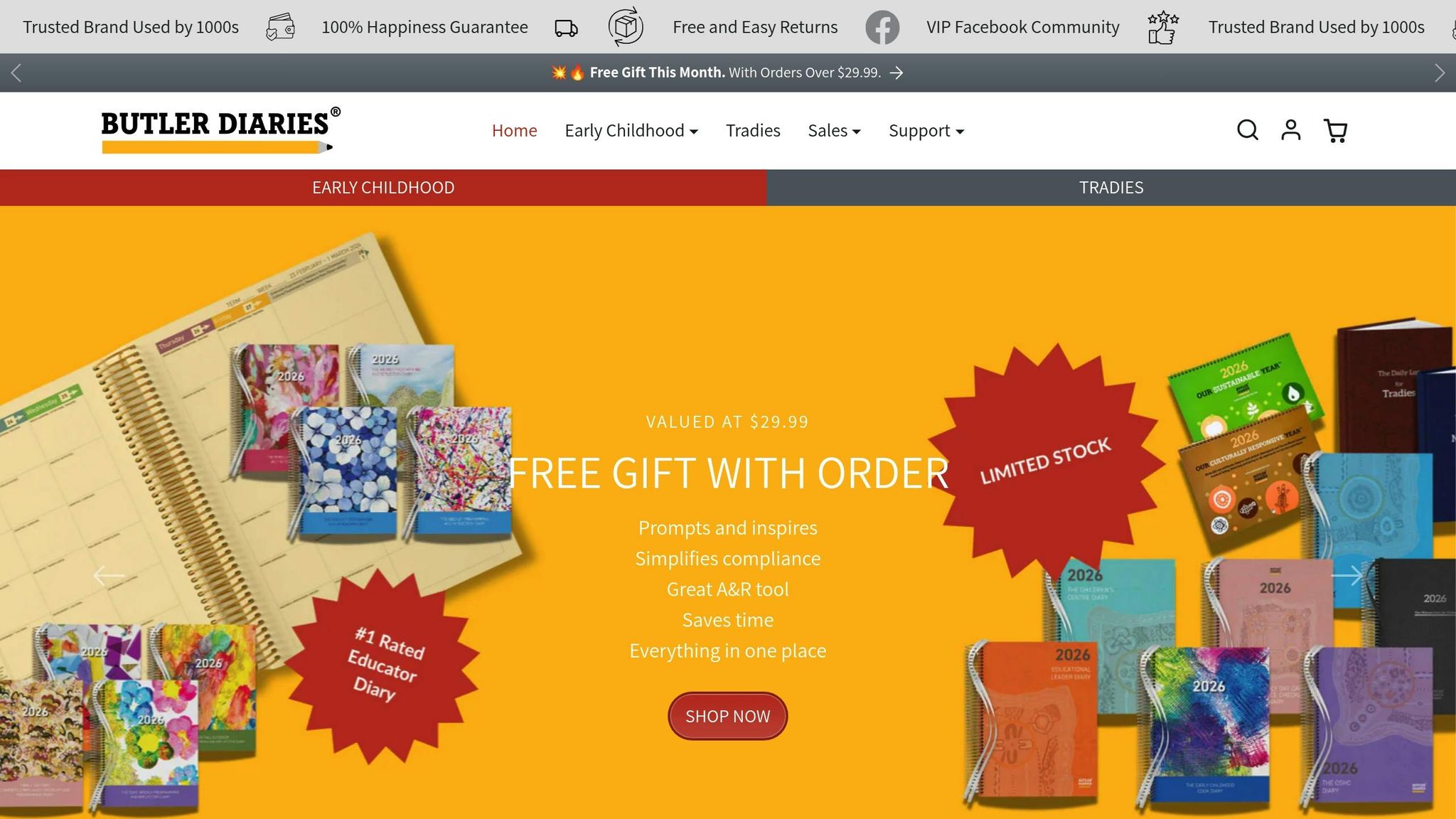
Butler Diaries provides specialised organisational tools designed for early childhood educators across Australia and New Zealand. Their programming and reflection diaries offer structured spaces to document children's progress, track inclusion goals, and maintain compliance records - all in one place.
These diaries are more than just planning tools. They help educators stay organised while keeping track of children's daily activities, routines, and developmental milestones. What sets them apart for inclusion tracking is their focus on critical reflections that align with the Early Years Learning Framework (EYLF), My Time Our Place (MTOP), and the National Quality Standard (NQS).
The benefits of these tools are clear in practice. Alisha, one user, shares:
"This makes my job significantly easier by centralising all compliance records and enabling efficient extensions."
Caroline Marsh, a professional in the Family Daycare sector, adds:
"Coming from the Family Daycare sector of the industry, this diary has been an integral part of our compliance, planning, communications and programming! An essential tool for compliance, planning, and programming in Family Daycare."
With over 35,000 orders shipped and an impressive 4.95-star customer rating, Butler Diaries has proven its value in real-world settings. The 2026 editions are priced between A$29.99 and A$79.99, making them accessible for both individual educators and larger services.
These tools not only improve organisation but also help educators save time. By streamlining paperwork and clarifying documentation requirements, educators can spend less time on admin and more time observing and engaging with children. This efficiency is invaluable when measuring inclusion outcomes.
Additionally, Butler Diaries offers a VIP Facebook Community where educators can exchange strategies and troubleshoot challenges together. These organised records align seamlessly with Australian educational frameworks, making compliance easier to manage.
Working with Australian Frameworks
Butler Diaries products are specifically designed to comply with Australian educational standards, supporting inclusion practices across the board. They align with the National Quality Framework (NQF), which emphasises equity, inclusion, and diversity.
The reflection sections in these diaries allow educators to document their inclusive practices, providing clear evidence during assessments and reviews. This is especially important given the protections outlined in the Disability Discrimination Act 1992 (DDA), which safeguards Australians from discrimination in early childhood education settings. The recent updates to the Disability Standards for Education in 2025, which now include early childhood education and care services, make accurate documentation even more essential.
As Early Childhood Australia explains:
"Inclusion means that every child has access to, participates meaningfully in, and experiences positive outcomes from early childhood education and care programs."
Together, these tools and resources create a strong foundation for measuring inclusion. By equipping educators with the right strategies and knowledge, they make it easier to streamline documentation and prioritise meaningful engagement with children.
Key Points to Remember
Measuring inclusion in early childhood education is about creating spaces where every child can grow, learn, and thrive, no matter their abilities or background. Studies consistently show that inclusive classrooms benefit all children academically, not just those with additional needs.
Using a structured checklist is an effective way to monitor progress across key developmental areas - physical, cognitive, language, social, and emotional. These checklists highlight both strengths and areas that need attention, while also providing clear benchmarks for what to expect at each age. This early insight helps identify potential concerns before they become bigger challenges.
But measuring inclusion isn’t just about meeting requirements. It’s a proactive approach to addressing learning differences early, removing barriers to education. Beyond academics, it fosters respect, supports individual needs, builds social skills, and cultivates a sense of belonging and self-worth for all children. These benefits align perfectly with tools and strategies designed to make rooms more inclusive.
Collaboration plays a vital role. Erin Aguilar, an Inclusion Specialist and Educator with the Easterseals Blake Foundation, explains:
"Working together and creating a partnership with families is an important part of inclusion, and can help children reach their developmental potential."
This emphasis on teamwork underscores the importance of using checklists to guide inclusive practices effectively.
Practical tools also make a difference. For example, Butler Diaries' programming and reflection diaries simplify documentation and ensure alignment with frameworks like the EYLF and MTOP. These tools streamline the process, making it easier to track progress without managing multiple systems.
To strengthen these efforts, it’s essential to develop a clear program philosophy on inclusion, set high expectations for every child based on a shared definition of inclusion, and update program and professional standards to reflect inclusive best practices.
The takeaway is clear: regularly evaluating inclusive practices ensures that every child has access to quality education. By combining structured checklists, thorough documentation, and a commitment to continuous improvement, educators can build truly inclusive environments where all children thrive.
FAQs
How can educators create an inclusive physical environment in early childhood education settings?
Designing a space where every child feels comfortable and engaged requires careful planning. Educators should focus on making the environment accessible, flexible, and inviting for children with diverse needs. This includes accommodating mobility challenges, catering to sensory preferences, and considering behavioural differences. For instance, using adjustable furniture, arranging flexible layouts, and setting up spaces that invite participation and exploration can make a world of difference.
Additionally, the thoughtful organisation of resources is key. Materials should be placed within easy reach and tailored to suit various developmental stages. Incorporating quiet zones and sensory-friendly areas can provide children with a calming retreat, helping to create a space where every child feels they belong and can thrive.
What are the best ways to support positive peer interactions in an inclusive early childhood education setting?
Fostering positive peer interactions in an inclusive early childhood education (ECE) setting starts with teaching social skills directly. Skills like sharing, taking turns, and showing empathy can be introduced through clear examples. Educators play a key role here by modelling these behaviours during everyday activities, giving children practical demonstrations to learn from.
Experiences that encourage teamwork, such as group games, collaborative projects, or role-playing, are fantastic ways to help children interact and connect. These structured experiences provide consistent opportunities for kids to work together, build friendships, and appreciate each other's differences.
Another effective approach is using peer support programs or peer-mediated strategies. These methods encourage children to help and support one another, fostering a sense of connection and creating a more inclusive and welcoming environment for all.
How can families play an active role in fostering and evaluating inclusion in early childhood education settings?
Families hold a crucial role in promoting inclusion by maintaining open communication with educators, offering insights into their child's unique needs, and actively engaging in collaborative decision-making. This partnership allows for a diversity of perspectives to be factored in when evaluating and enhancing inclusion practices.
Inviting families to get involved - whether through volunteering in experiences, attending parent-educator meetings, or sharing feedback on inclusive strategies - can help build a stronger sense of community. Together, families and educators can work towards creating a more welcoming and supportive environment for every child.








